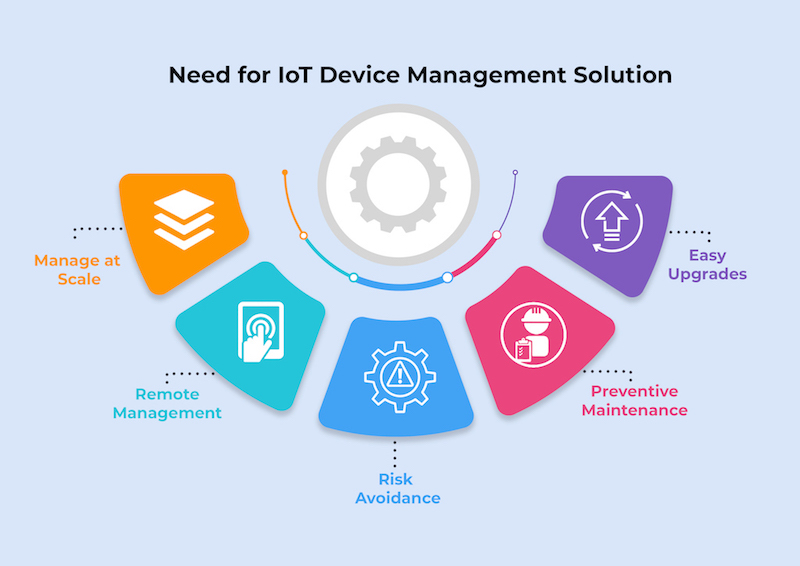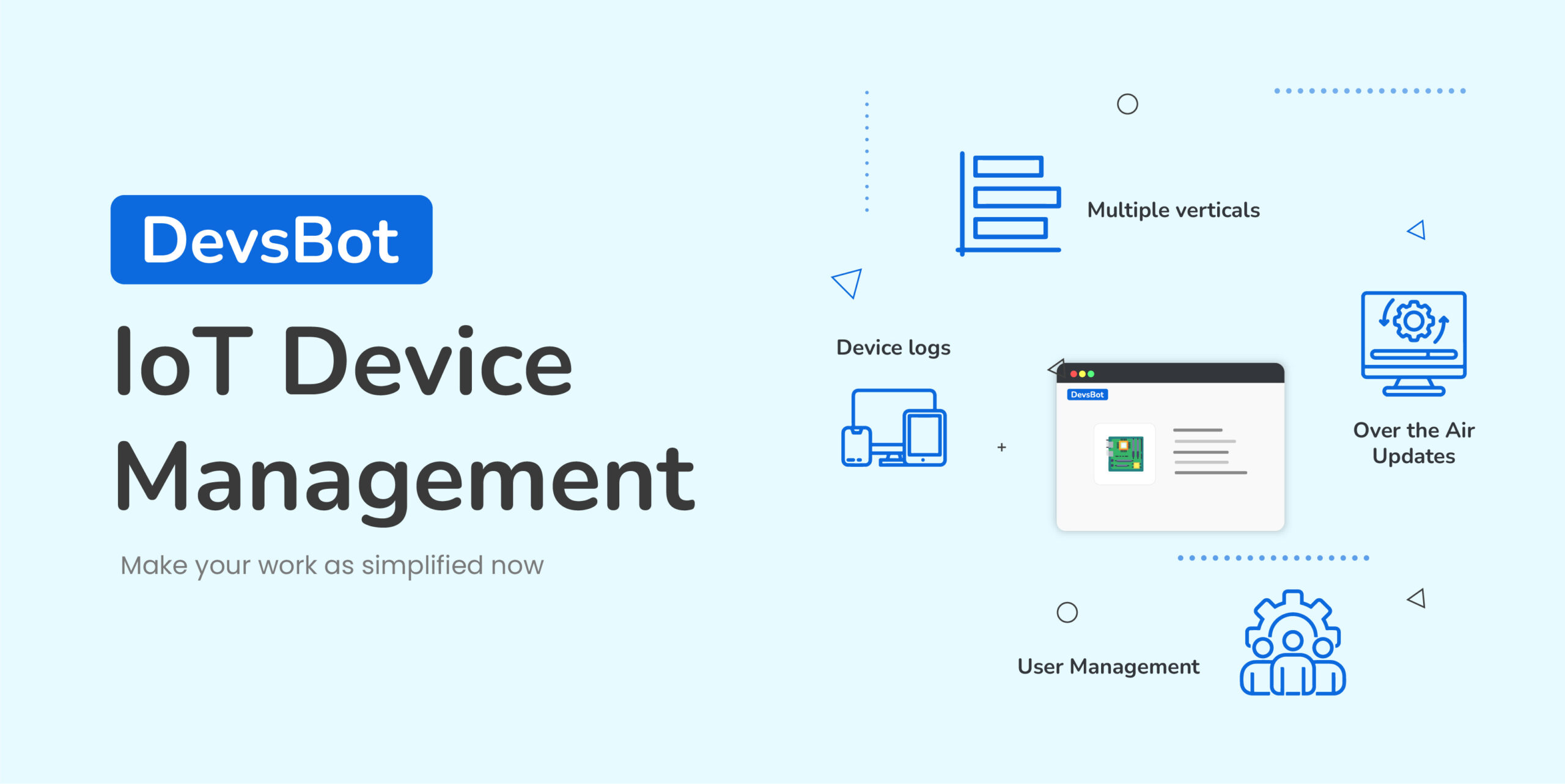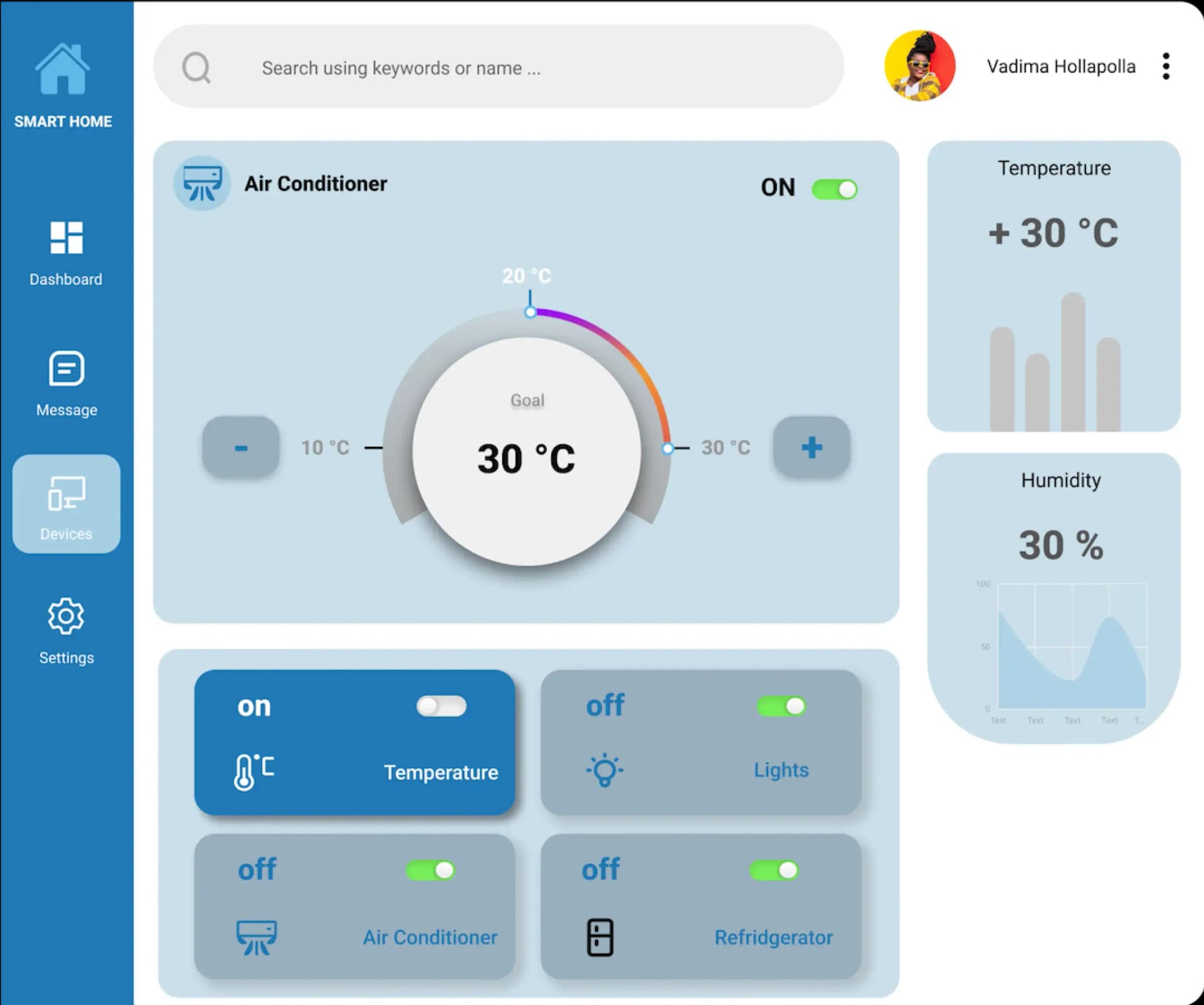Finding The Best Remote IoT Device Platform For Your Needs
Choosing the best remote IoT device platform can feel a bit like trying to pick the perfect chocolate from a huge box, you know? There are so many options, and what one person likes best, another might not find quite as appealing. It's truly about what makes sense for you and your particular setup.
When people ask, "Which one is the best?" it's obviously a question format that needs some context. Just like saying "I like chocolate best, better than anything else" depends on what you're comparing it to, the 'best' IoT platform really depends on what you're trying to achieve. There isn't one single platform that simply stands above all others for every single use case, honestly.
This article will help you sort through the options, looking at what makes a platform good, the features you should consider, and how to figure out what was the best choice for this purpose, specifically for your own situation. We'll talk about different kinds of platforms and even touch on what's new in the world of remote IoT, so you can make a very informed decision.
Table of Contents
- What Makes a Remote IoT Platform Stand Out?
- Key Features to Look For in a Top Remote IoT Platform
- Different Kinds of Remote IoT Platforms
- Who Needs a Remote IoT Platform?
- Making Your Choice: A Practical Approach
- Staying Current with Remote IoT Trends
- Common Questions About Remote IoT Platforms
What Makes a Remote IoT Platform Stand Out?
When we talk about the best remote IoT device platform, we're really talking about a system that helps you connect, control, and get information from devices that are far away. It's a lot like having a central command center for all your scattered gadgets, so you can manage them without being right there. What makes one platform better than another often comes down to how well it solves your particular problems, you know?
The word 'best' is an adjective, and like any adjective, its meaning here is tied to what it's describing. For a remote IoT platform, 'best' often means it handles device connections smoothly, gathers data without a fuss, and keeps everything safe. It's about how effectively it helps you achieve your project goals, in a way.
Some platforms are very good at handling millions of tiny sensors, while others might be better for managing a few large, complex machines. So, it's not just about a platform's general capabilities; it's about how those capabilities align with what you specifically need to do, obviously. It’s the best choice for this purpose, as it were.
- Hanalei Swan The 30m Shark Tank Deal She Turned Down Ndash What Happened
- Maplestar Animations
- Somali Wasmo Telegram
- Viralkandcom
- Pinay Scandal News 2024 Philippines
Key Features to Look For in a Top Remote IoT Platform
When you're looking for the best remote IoT device platform, there are several key things to consider. These are the aspects that usually make a platform truly useful and dependable. Think of them as the building blocks that make a platform strong and helpful, pretty much.
Device Connectivity and Management
A good platform needs to let your devices talk to it easily, regardless of where they are or what kind of network they use. This includes handling different ways devices connect, like Wi-Fi, cellular, or even satellite links, actually. It should also let you keep an eye on your devices, see if they are working right, and even send them updates or new instructions remotely, which is quite handy.
Imagine having hundreds or thousands of devices out in the field; you need a way to see them all at a glance and fix issues without having to send someone out every time. This is where the platform's ability to manage device health, configuration, and software updates from a distance becomes very important, as a matter of fact. It's about making the best of your time and resources, really.
Data Handling and Analytics
Devices collect a lot of information, and a top-notch remote IoT platform needs to be good at collecting all that data, storing it securely, and then helping you make sense of it. This means it should have tools for analyzing the data, finding patterns, and even predicting things that might happen in the future, you know.
Being able to visualize your data through dashboards and reports is also a big plus. It's not enough to just have the numbers; you need to see what they mean. This helps you make smarter decisions about your operations, which is pretty much the point of gathering all that data, to be honest. It's about making the best of everything you have, so to speak.
Security Measures
With so many devices connected, keeping everything safe from unwanted access is absolutely critical. The best remote IoT device platform will have strong security built in from the ground up. This means protecting the devices themselves, the information they send, and the platform where it all lives, naturally.
Look for features like secure ways for devices to identify themselves, encryption for data as it travels, and ways to manage who can access what information. A security breach can be very damaging, so this is an area where you definitely don't want to compromise, seriously. It's about protecting your assets and your reputation, and making the best of this opportunity to build trust.
Scalability and Flexibility
Your IoT project might start small, but it could grow quite a bit over time. A good platform should be able to handle that growth without falling apart or becoming too expensive. It should let you add more devices and process more data as your needs expand, fairly easily.
Flexibility is also key. Can the platform adapt if your project changes direction or if you need to connect different kinds of devices later on? The platform should be able to adjust to new demands and allow for changes without a complete overhaul, which is pretty important. It's about making sure your choice remains the best choice as your needs evolve.
Integration Possibilities
Very few IoT projects exist in a vacuum. Chances are, you'll want your remote IoT platform to talk to other systems you already use, like your customer relationship management (CRM) software, enterprise resource planning (ERP) systems, or even other data analysis tools. A platform that can easily connect with these existing systems saves a lot of headaches, actually.
Look for open application programming interfaces (APIs) and connectors that make it simple to link up with other software. This ensures that your IoT data can flow freely to where it's most useful, helping you get the most value from your connected devices. It's like making sure all the pieces of a puzzle fit together, you know, for the best overall picture.
Different Kinds of Remote IoT Platforms
Just like there are different ways to say "with best regards" in an email, there are different architectural styles for remote IoT platforms. Each has its own benefits and might be the best fit depending on your specific situation, obviously.
Cloud-Based Options
Cloud-based platforms are hosted by a third-party provider and accessed over the internet. These are very popular because they often require less upfront investment in hardware and can be scaled up or down quite quickly. You don't have to worry about maintaining the underlying infrastructure, which is a big plus for many, pretty much.
They typically offer a wide range of services, including device management, data storage, and analytics, all managed by the provider. For many businesses, these platforms offer a quick way to get started with IoT without needing a large IT team, which can be the best way for many, honestly.
On-Premise Solutions
On-premise platforms are installed and run on your own servers, within your own data center. This gives you maximum control over your data and security, which can be very appealing for organizations with strict regulatory requirements or unique security needs, you know. It’s your own setup, basically.
However, they do require more of an investment in hardware, software licenses, and the staff to manage them. For some, having complete control over their data and systems makes this the best choice, especially if data sensitivity is a major concern, as a matter of fact.
Hybrid Approaches
A hybrid approach combines elements of both cloud-based and on-premise solutions. For example, you might keep sensitive data processing on-site while using the cloud for less critical data or for scaling certain services. This can offer a good balance between control and flexibility, obviously.
This kind of setup lets you pick the best features from both worlds, allowing you to optimize for performance, cost, and security based on different parts of your IoT project. It's about finding that sweet spot where you get the most benefit, pretty much.
Who Needs a Remote IoT Platform?
Almost any business or organization that uses physical devices and wants to collect data from them or control them from afar can benefit from a remote IoT platform. It's not just for tech companies; it's for anyone looking to make their operations smarter and more efficient, you know.
Think about agriculture, where sensors can monitor soil moisture and crop health from miles away. Or manufacturing, where machines can be monitored for predictive maintenance, preventing costly breakdowns. Even smart cities use these platforms to manage traffic lights, waste collection, and public safety systems, actually.
Retailers can use them for inventory tracking and managing smart shelves. Healthcare providers can monitor patient vitals remotely. The applications are very broad, and for each of these, finding the best remote IoT device platform means finding one that fits their specific industry and challenges, honestly.
Making Your Choice: A Practical Approach
So, how do you decide which one is the best for you? It's obviously a question that requires some thought and investigation. Start by clearly defining what you want your IoT project to achieve. What problem are you trying to solve? What data do you need to collect? What actions do you need to perform remotely, pretty much?
Once you have a clear picture of your needs, you can begin to evaluate platforms based on the features we discussed. Look at their ability to connect your specific devices, how they handle your data, their security features, and if they can grow with you. It's a bit like choosing a car; because the noun car is modified by the superlative adjective best, and because this makes the car specific, you need to know what you want the car for, you know?
Don't be afraid to try out demos or proof-of-concept projects with a few different platforms. Many providers offer trials that can give you a real feel for how their system works. Getting hands-on experience can really help clarify what feels like the best fit for your team and your goals, honestly. You can also learn more about IoT solutions on our site, and check out this page for more insights.
Talk to other people who have used these platforms, if you can. Their experiences can provide valuable insights into what works well and what challenges they faced. Steve's suggestion is the best, but if you want to apologise in a more formal way, then, well, you need to adjust. Similarly, the best platform for someone else might not be the best for you, so always relate it back to your own context.
Remember, the best way to use the best way is to follow it with an infinitive, like "the best way to choose is to test it." Or, the best way can also be followed by of with a gerund, such as "the best way of choosing involves testing." Both sentences could mean the same thing, however, the point is to be practical and thorough, very much so.
Staying Current with Remote IoT Trends
The field of remote IoT is always moving forward, with new technologies and approaches appearing all the time. Staying informed about these trends can help you make sure your chosen platform remains the best choice for the long haul, you know. It's like keeping up with the latest news, so you're never caught off guard, honestly.
Things like edge computing, where data is processed closer to the devices themselves, are becoming more common. Artificial intelligence and machine learning are also being integrated into platforms to make data analysis even smarter. Keeping an eye on these developments means you can adapt your strategy and perhaps even get more out of your current platform or plan for future upgrades, pretty much.
Common Questions About Remote IoT Platforms
What should I look for in a remote IoT platform?
You should look for strong device connectivity, good data handling and analysis tools, solid security features, the ability to scale as your project grows, and easy integration with other systems you use. Basically, it should do what you need it to do efficiently and securely, you know.
Is a cloud-based IoT platform always the best option?
Not always, no. Cloud-based platforms are very convenient and scalable for many, but for projects with extremely sensitive data or very specific control needs, an on-premise or hybrid solution might be the best choice. It really depends on your unique requirements and priorities, honestly.
How do remote IoT platforms handle data security?
Top remote IoT platforms use several layers of security. This includes secure ways for devices to connect and identify themselves, encryption for data as it moves between devices and the platform, and robust access controls to make sure only authorized people can see or manage your data. They often have regular security audits too, which is good, pretty much.
Choosing the best remote IoT device platform is a personal decision, very much like deciding what's the best ever chocolate. It means evaluating your own needs, understanding the capabilities of different platforms, and picking the one that aligns most closely with your project's goals and your operational style. Take your time, do your research, and consider what makes the most sense for you, so you can make the best of this opportunity.
- Vegmovies
- Wasmo Telegram Link 2025
- Prank Goes Wrong Manhwa
- Howard Morley Oregon
- How Much Does Patience Wolfe Make

Best Remote IoT Device Management Platform: Unlocking The Future Of

Top Picks For The Best Remote IoT Device Management Platform In 2023

Top Solutions For Best Remote IoT Device Management Software In 2023